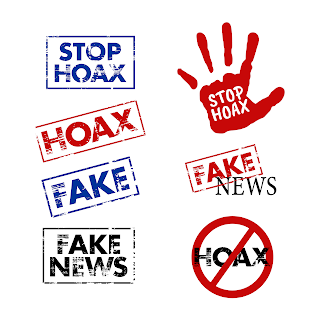ESSENTIAL QUESTIONS ABOUT SHARING- BLOG POST & YOUTUBE VIDEO

What do you take for granted or assume about sharing? I take for granted the power of what we share on social media. I use to assume that when we share content, it would only been seen within our friends and family. I would never have imagined that when I shared a video on Tik Tok of my father showing off his tattoos to someone while he was waiting in the doctorʻs office, that video would go viral and be shared across multiple users. For some reason, that video connected with a lot of people. The comments from the video included, "a genuine soul," "Theyʻre having a connection," "What is his star sign," and countless others. People related to the interaction my dad was having with this lady as being genuine and an organic connection of two people interacting. Here is the a screenshot of the my video that went viral on Tik Tok What exactly are you focused on about sharing? I am focused on sharing content that is interesting and resonates with users. ...


